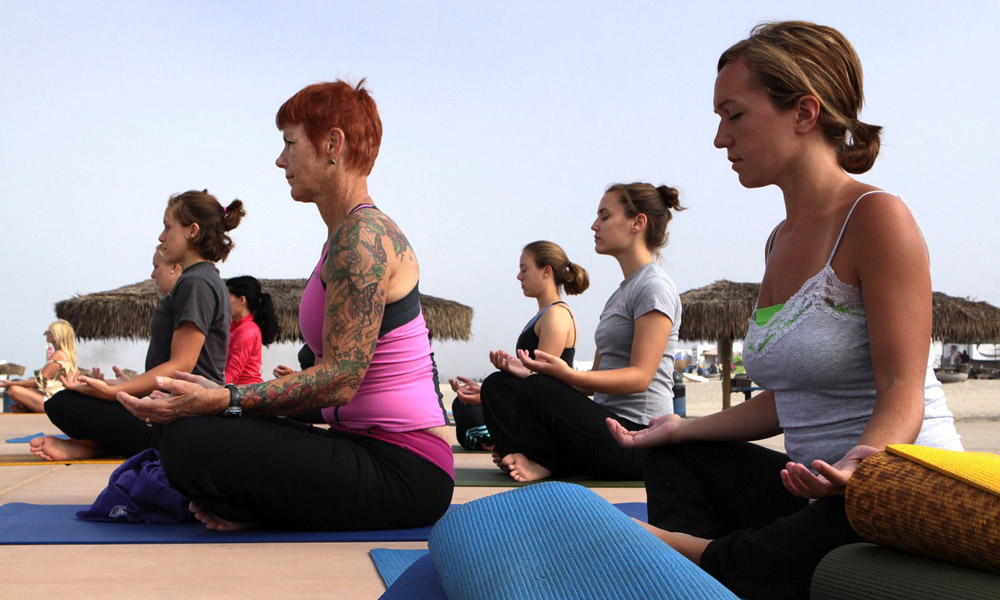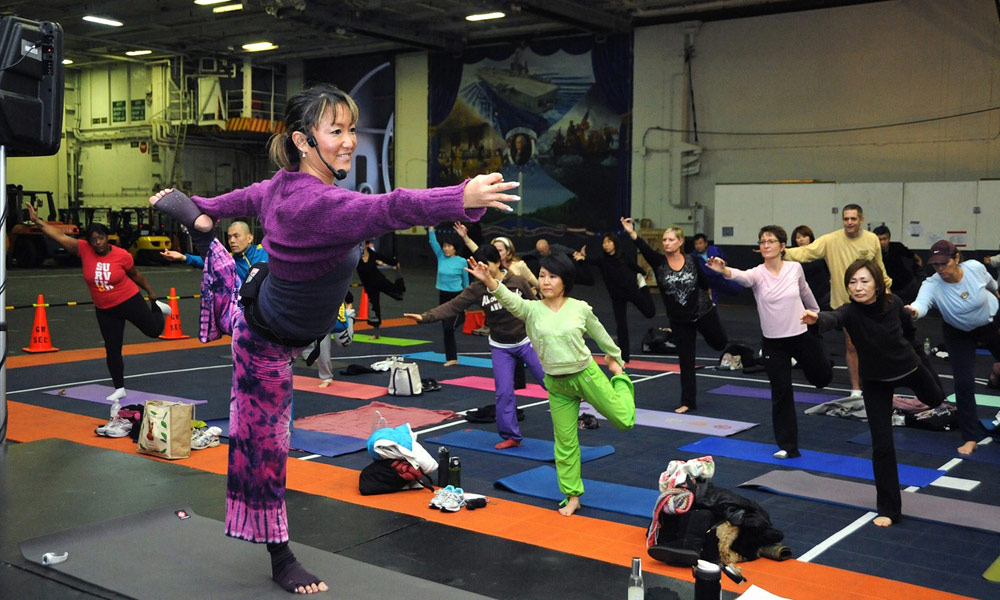In a recently published review in the academic journal Medicine & Science in Sports & Exercise, researchers looked at 17 existing studies on energy expenditure and yoga. They found that most of the work done during the yoga classes observed only counted as “light intensity.” This would put Hatha Yoga in the Centers for Disease Control’s (CDC)s light intensity category, where you will find activities such as standing, walking slowly, and lifting lightweight objects like groceries. People who do no other exercise outside light intensity are considered inactive.

It’s important not to get discouraged with the results of this study. Firstly, the studies in this review were focused mainly on Hatha yoga, which focuses mostly on deep breathing and balance. Moderate aerobic intensity can be attained with other types of yoga such as Vinyasa and its fast-moving flows. Similarly, hot yoga and new yoga styles that involve light weightlifting and some cardio were not included in the review.
While the practice of Hatha yoga may not count in the 150 minutes of moderate-intensity aerobic activity required per week, there are many other health benefits to practicing gentle yoga.
Here are a just few reasons:
- alleviate stress
- treat depression
- improve your balance and body awareness
- build strength slowly but surely
- reduce back pain
- help your body recover from “real” Exercise
- enhance your flexibility
There is absolutely no need to stop practicing Hatha Yoga based on the results of this review. Consider the therapeutic and physically healing effects of listening to music or meditation. They are just as important to your overall health, even if they don’t burn as many calories as running.

What is important to learn from this review is that gentle Hatha yoga cannot be considered your only form of exercise. It’s important to get your heart rate up and break a sweat.
